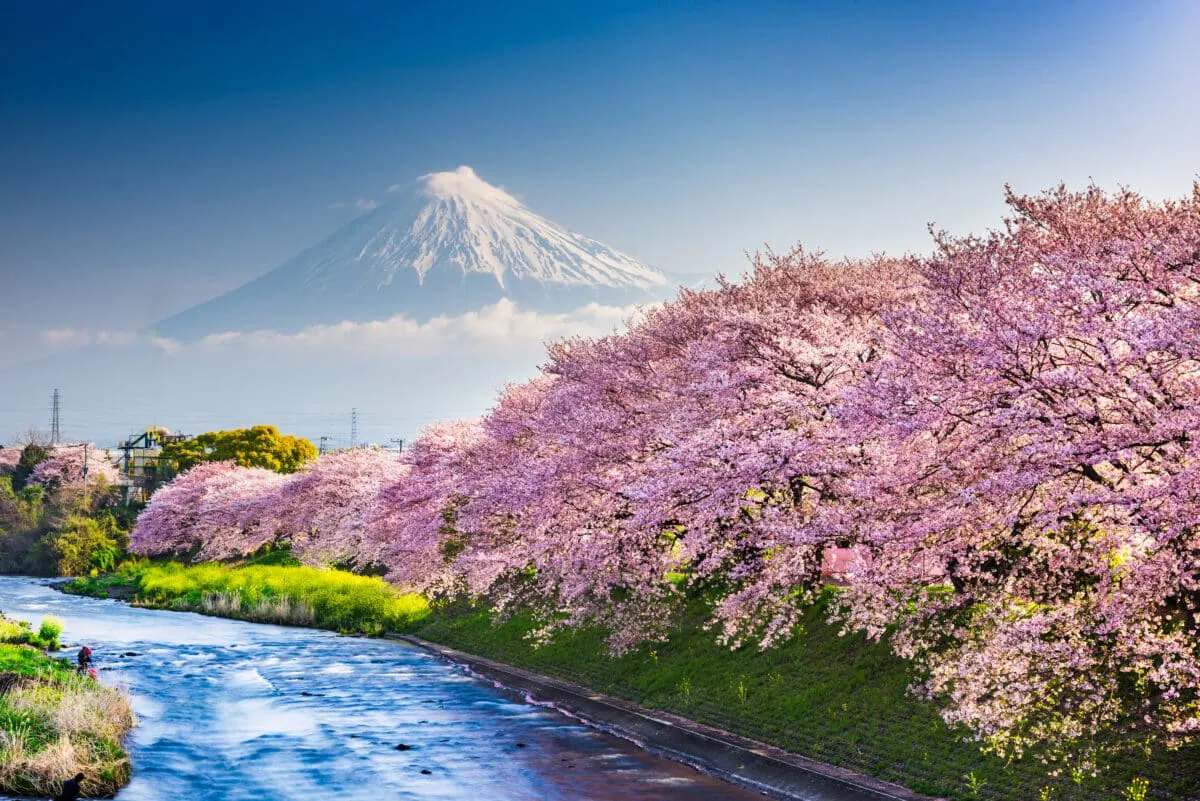Welcome to Animals and Wildlife in Japan.
Japan is a beautiful country, so famous for its ancient cultures, cherry blossoms, and, of course, being known as the land of the rising sun!
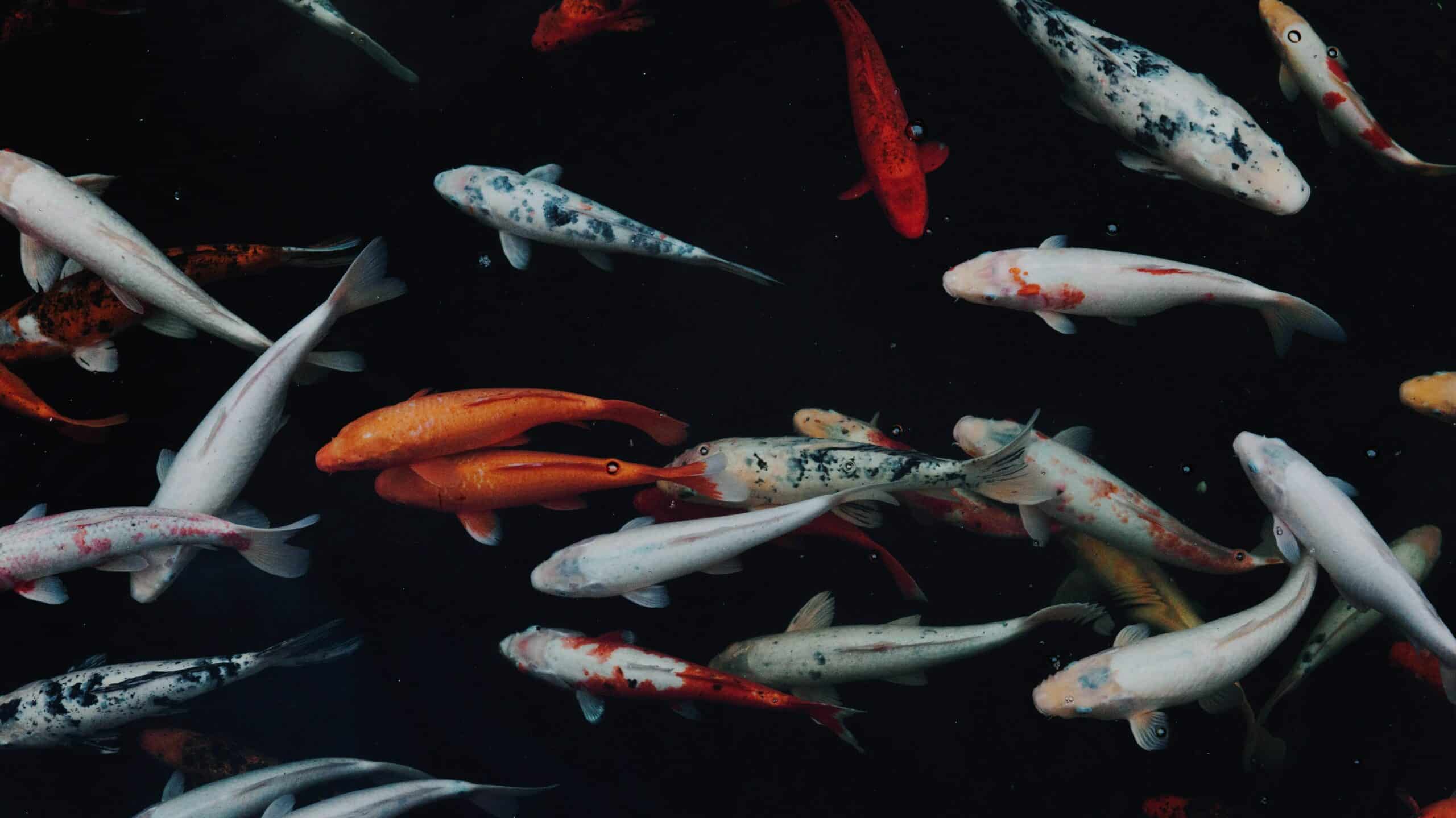
But did you know that amongst these beautiful cities lies deep forests and mountains home to many beautiful animals and insects? Wildlife in Japan is simply stunning, and this blog will give you a little insight into this fantastic country and what it has to offer!
Click directly on a heading that interests you below, or otherwise, sit back and enjoy the entire blog!
Key Points
| Animal | Japanese Macaque (Snow Monkey) | Giant Spider Crab | Tanuki (Raccoon Dog) | Yamaneko Wildcat | Steller’s Sea Eagle |
|---|---|---|---|---|---|
| Habitat | Mainly found in Japan (Honshu, Shikoku, Kyushu) | Depths of approximately 400m, 11°C to 14°C | Forested areas of Japan, including Iriomote Island | Iriomote Island | Coastal areas, fishing |
| Description | Medium-sized monkeys, sexually dimorphic, versatile | Giant crustacean, males can grow to 1m in length | Resemble a mix of raccoon and dog, known for magical traits | Size of domesticated house cat, nocturnal, related to the leopard | Largest and heaviest raptor, blackish brown plumage with white areas |
| Lifespan | 22 to 27 years on average | Unknown | Unknown | Not specified | Vulnerable, around 5000 remain in the wild |
| Behavior | Bathing in hot springs, foraging, social structure | Molt to grow, hard exoskeleton, life-threatening molting | Shapeshifting, magical powers, pranks | Elusive, nocturnal, terrestrial | Fishing, diurnal |
| Communication | Visual signals, vocalizations, physical contact | Not mentioned | Not mentioned | Not mentioned | Not mentioned |
| Ecological Role | Seed dispersal | Not mentioned | Not mentioned | Not mentioned | Fishing, primarily fish diet |
| Conservation Status | Least Concern (IUCN) | Not mentioned | Not mentioned | Endangered, around 100 left on Iriomote Island | Vulnerable (IUCN), around 5000 in the wild |
| Notable Features | Known as “snow monkeys,” cold-resistant | Large size and leg span, molting | Magical traits, shapeshifting | Elusive and endangered | Impressive size, yellow beak, fishing skills |
| Location in Japan | Found in various habitats in Japan | Depths of 400m, specific locations not mentioned | Not specified, Tanuki folklore present in Japan | Iriomote Island | Hokkaido, Nemuro Peninsula |
Japanese macaque (Snow Monkey)
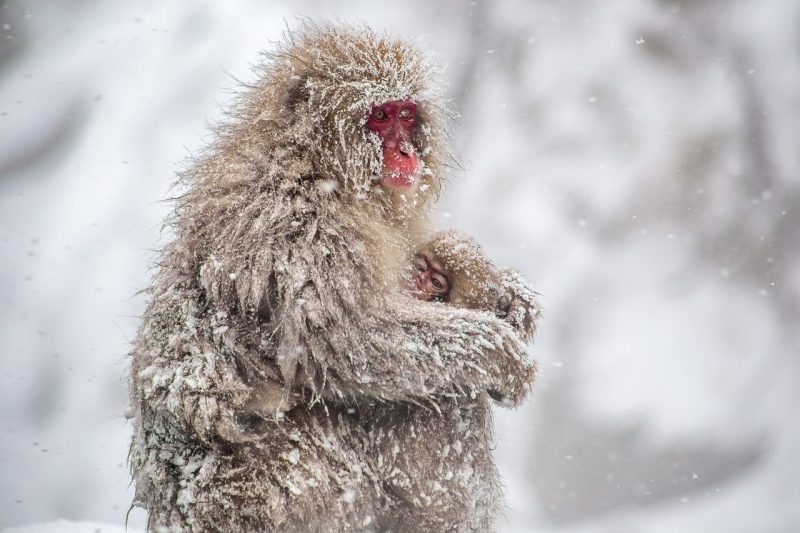
Japanese macaques, commonly known as snow monkeys, inhabit three main Japanese islands—Honshu, Shikoku, and Kyushu—and are known for being the northernmost-dwelling macaque species. These adaptable primates can be found in various environments across these islands, including subalpine, subtropical, deciduous, and evergreen forests, showcasing their versatility.
The individuals living in the northernmost regions of Japan, situated in the forested mountains and highlands, have adapted to endure harsh winters with temperatures dropping as low as -5 degrees F (-15 degrees C) and snow cover exceeding 3 feet (1 meter) deep. A famous behavior of these macaques is their practice of bathing in hot thermal springs heated by nearby volcanoes to keep warm.
This distinctive behavior has earned them the well-deserved nickname of “snow monkeys of Japan,” making them an iconic sight for wildlife enthusiasts exploring Japan.
Japanese macaques are medium-sized, sturdy monkeys with relatively short tails. They exhibit sexual dimorphism in size, with males being approximately twice as large as females. On average, males measure about 22 inches (57 cm) in length and weigh around 25 pounds (11.3 kg), while females have an average length of 20.5 inches (52.3 cm) and weigh about 18.5 pounds (8.4 kg). Their tails are relatively short, ranging from 2.5 to 4 inches (7-12 cm) in length.
Age
On average, Japanese macaques live 22 to 27 years old. The two most senior known individuals were a female in the wild who lived to the age of 32 and a fantastic male who lived to be 28. Japanese macaques’ coats range in color from brown to gray and can be mottled. They grow a heavy insulating coat in the winter to maintain their body heat. During the summer, their coat is lighter.
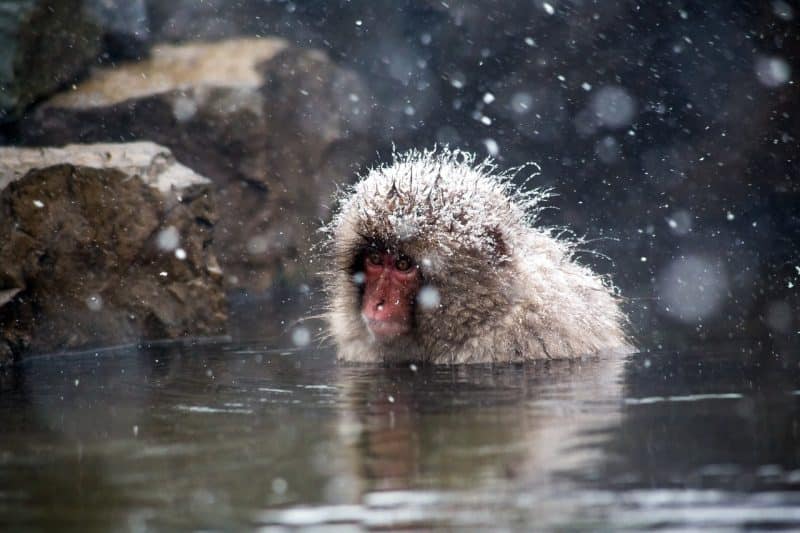
Japanese macaques are remarkable creatures with human-like naked faces and expressive eyes. They possess cheek pouches for storing food, and as they mature, their faces and rear ends take on a distinctive red hue. One of their notable features is their opposable thumbs, which they skillfully use to manipulate objects. These macaques are quadrupedal by default, using all four limbs for movement, but can also walk on their hind legs, adopting a bipedal stance when carrying objects in both hands.
As opportunistic omnivores, Japanese macaques have a diverse diet that includes fruits, seeds, young leaves, flowers, tree bark, fungi, bird eggs, insects, and various invertebrates like snails, crabs, and crayfish. They incorporate more than 213 plant species into their diet, with food preferences shifting due to seasonal variations, food availability, and their wide-ranging habitat. Ground foraging is their favored method for finding sustenance.
Japanese macaques are often affectionately referred to as “snow monkeys,” a name that may conjure images of them taking soothing baths in hot thermal pools to combat the icy winters in the mountains of Japan.
Learned Behavior
Interestingly, bathing in the hot springs is a learned behavior within these animals. Anthropologists believed, in the 1950s, that humans were the only animals capable of passing on learned behaviors. Whether it was from individual to individual or across generations, a process called “cultural transmission.” As it is relatively easy to observe Japanese macaques, as they live in troops in their natural habitat, researchers determined that studying their behavior could provide accurate insight into whether they, too, engage in cultural transmission. Similar studies have been completed with captive primates, but evidently, captive animals do not engage in natural behaviors—a significant part of Wildlife in Japan.
Japanese macaques form matrilineal troops that usually range from 20 to 30 individuals but can sometimes be as large as over 100. Food availability is a significant constraint on troop size—an alpha female and an alpha male rule the troop. Females typically are greater in number than males in the troop, with a ratio of 3 to 1 and are ranked by an inherited hierarchy passed on from mother to infant. Responsible for fathering the group’s offspring, is the alpha male, providing protection, and leading the group’s movement.
Communication
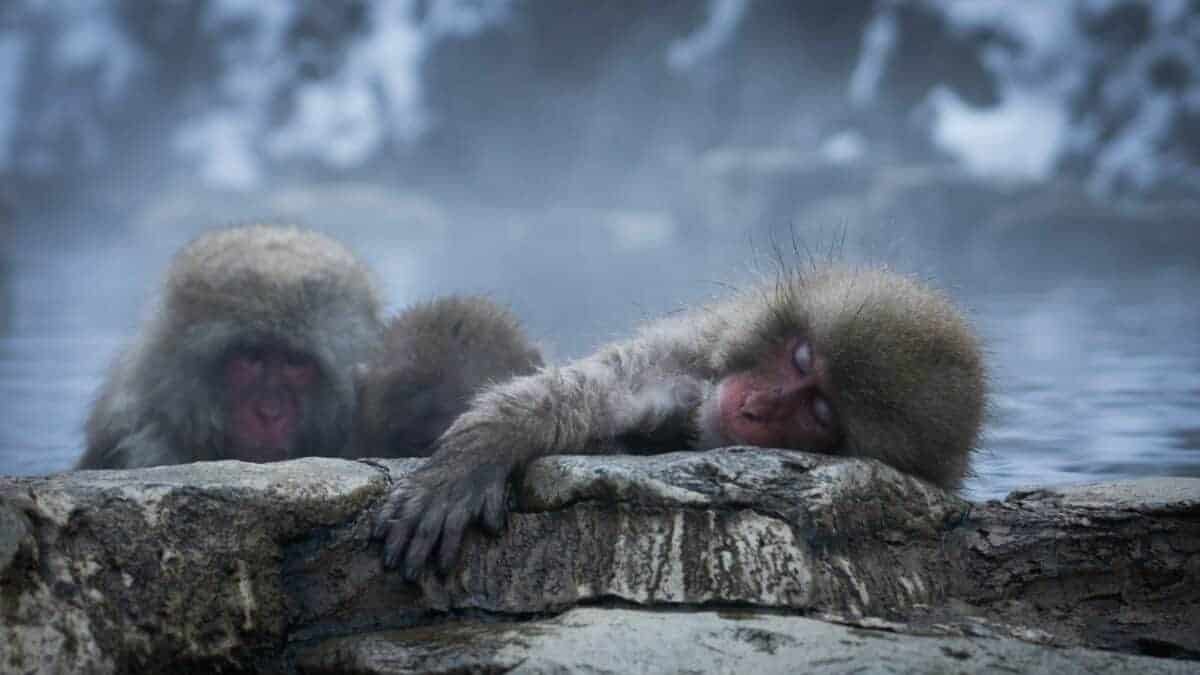
Communication in
Jigokudani Monkey Park, Japan is varied and complex. Usually, they use a combination of visual signals, vocalizations, or physical contact. Furthermore, their bare faces, mobile lips, dramatic eyes, and body posture successfully convey information about their moods and environment.
Since Japanese macaques are very social animals, they use many different vocalizations to communicate. There have been six documented categories of vocalizations, including peaceful, defensive, aggressive, and warning calls. The other two vocalizations are specific to females in estrus and infants. More than fifty percent of Japanese macaque vocalizations are of the peaceful variety. These various vocalizations are used to signal the group to an individual’s mood.
The primary ecological role of Japanese macaques is to disperse seeds. Through their rich plant-based diet, many plant seeds pass through the Japanese macaque’s gastrointestinal tract and are deposited in the environment, where they can spread and grow. Japanese macaques also have a commensalism relationship with the sika deer; as the deer eats leaves, the Japanese macaque knocks to the ground when foraging in the treetops.
The International Union for the Conservation of Nature lists Japanese macaques as the Least Concern (IUCN, 2015). However, like all other primates, they are threatened by habitat destruction and human overpopulation. They live mainly in reserves and in many cases, depend upon supplemental feeding by humans to survive the winter conditions.
Giant Spider Crab
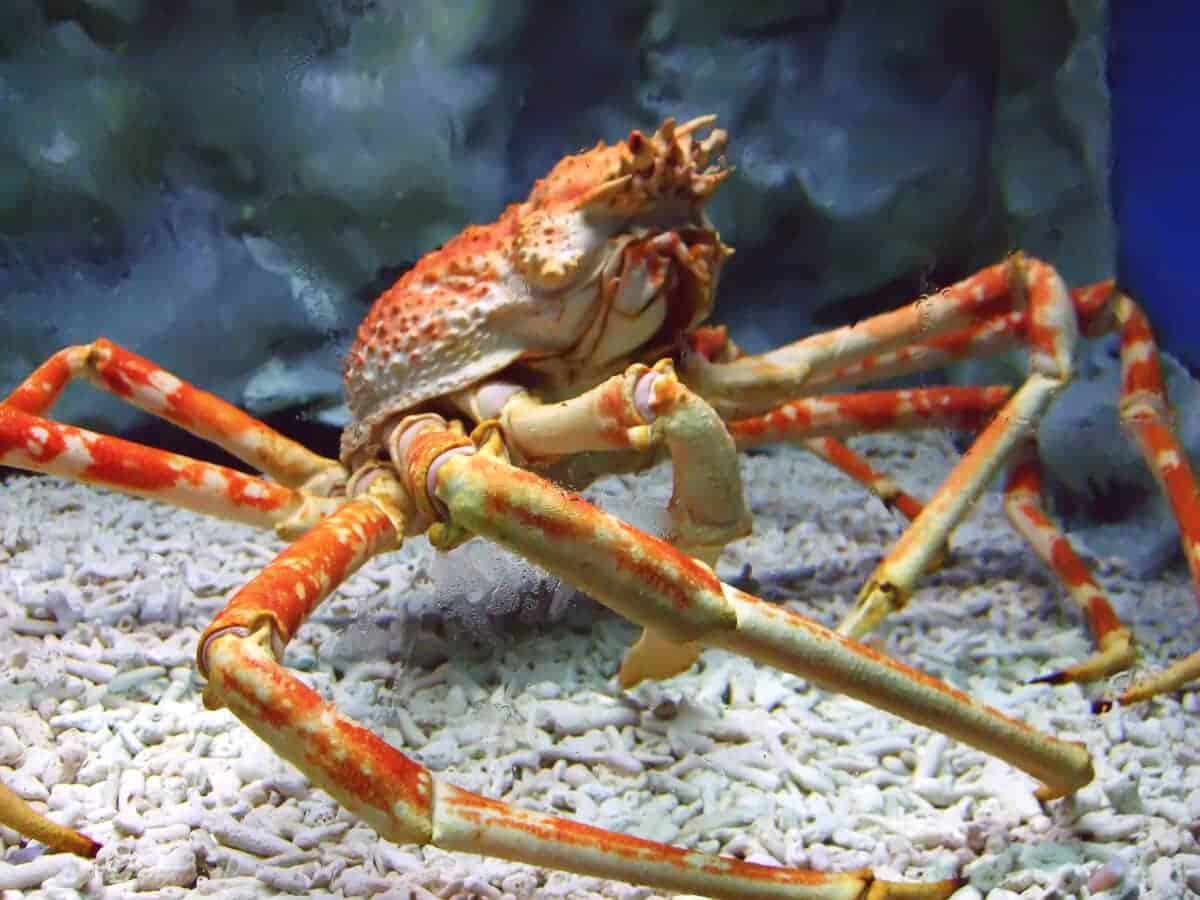
Spider crabs hold the title for being the largest crustaceans globally, with males reaching impressive sizes of about 1 meter in length and sporting a leg span of up to 4 meters. These colossal creatures inhabit depths of around 400 meters in ocean waters with temperatures ranging from 11ºC to 14ºC.
Despite their imposing presence, the biology of giant spider crabs remains shrouded in mystery. Determining their age is a near-impossible feat, and the timing of their sexual maturity remains unknown to marine biologists. Their breeding habits remain an enigma as well.
Similar to other crustaceans, giant spider crabs face a significant challenge when it comes to growth due to their unyielding exoskeletons. To grow, they must undergo molting, a complex process that can extend for up to two days. Each molt poses potential risks, as the crab may become trapped within its old shell. Even when a molt is successful, the sheer effort involved can be so exhausting that the crab may succumb shortly thereafter.
The crab is vulnerable to predation with its “new” soft, elastic exoskeleton exposed. The new exoskeleton expands rapidly as the crab “pumps” water into it. Over time, together with a combination of enzymes and calcium carbonate, the new skeleton hardens. The water is then “pumped” out again, and the crab grows into its fresh “coat.”
Tanuki
Raccoon Dogs, not at all surprising, look like a mixture between a raccoon and a small dog. They are relatively small animals, however, their fur is very long and puffy that it can make them look a lot plumper. A mask of a black coat wraps around their eyes, making them look like a trickster or bandit. They have dog-like paws and short, puffy tails.
Tanukis, gifted with magical power, have eight particular traits that differentiate them from their standard brethren. They wear a wide-brimmed hats to protect themselves from bad luck and bad weather. Additionally, they hold a bottle of sake, a popular alcohol which is made of rice, in one hand, symbolizing virtue; on the other, they have a promissory note representing trust.
They have big eyes to survey their world and make decisions, large fluffy tails to give them strength and agility, large scrotums representing wealth, and a large stomach symbolizing tranquility and decisiveness. Lastly, they wear playful, friendly smiles, inviting humans to join them in their games.
Illusion Masters
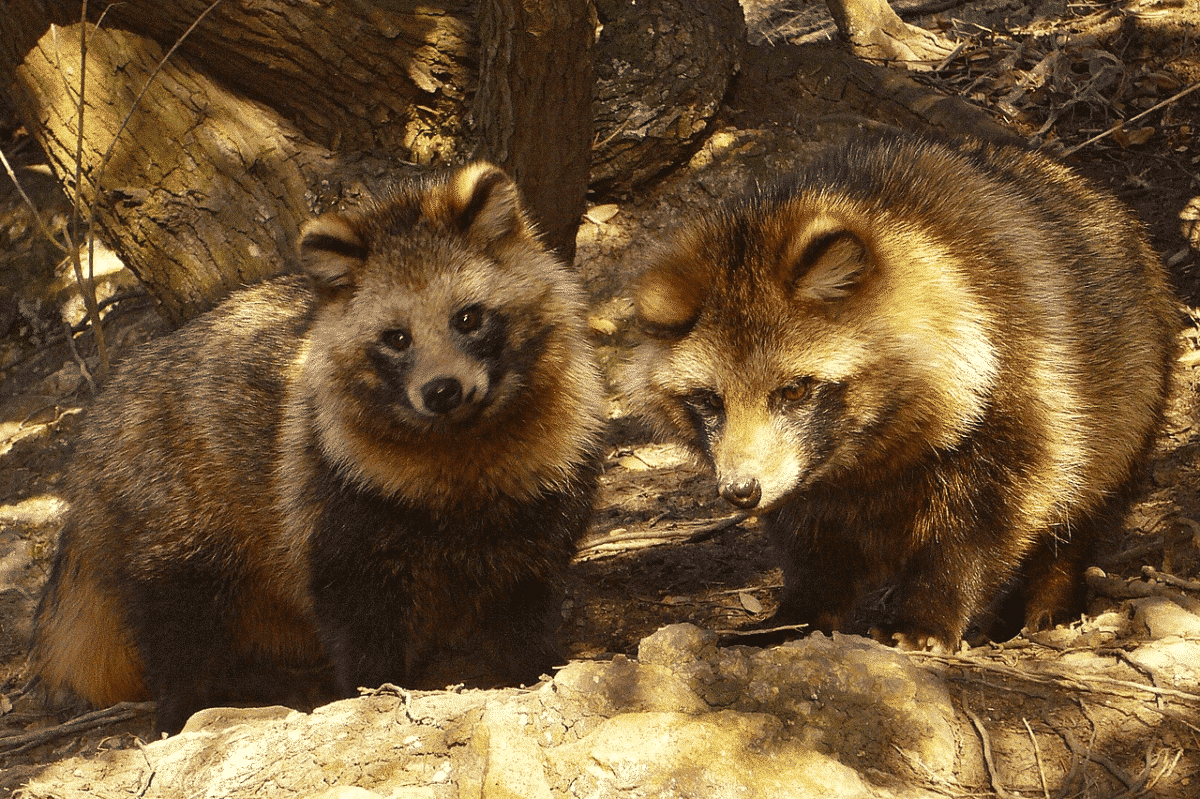
Raccoon Dogs, often portrayed in folklore as the masters of illusion, possess the ability to shapeshift into a variety of forms, from a wily old woman to even an innocent bottle of white wine. These cunning tricksters are not only adept at changing their appearance but are also known for their skills in transporting people and casting minor curses.
When they assume their deceptive disguises, Raccoon Dogs enjoy using whimsical rhymes to entice unsuspecting individuals into their whimsical games, which invariably culminate in moments of inconvenience or embarrassment. Their primary aim is to hoodwink people into interacting with enchanted objects, such as umbrellas or rice cakes, which can lead to the person being magically transported to a remote wilderness. Among their favored curses are those that result in inconveniences like being compelled to run around hills or pursue elusive enchanted items.
The origins of the mystical Tanuki, or Raccoon Dog, are believed to have roots in China, where stories revolved around god-like, shapeshifting wildcats, often depicted as leopards. In Japan, lacking the fearsome leopard, scholars transferred these supernatural powers to various creatures, including stray cats, badgers, weasels, and even wills. Over time, Raccoon Dogs and Foxes emerged as the most prominent vessels for these magical abilities, revered as deities presiding over the forces of nature.
Yamaneko Wildcat
This wildcat is considered the Lock Ness Monster of Japan! While on Iriomote Island, keep your eyes peeled for the yamaneko, an elusive wildcat discovered in 1965 and found only on Iriomote.
Related to the leopard, it’s only the size of a domesticated house cat and a nocturnal animal, most active around twilight. The cats are terrestrial but can climb trees and also swim. During the day, they sleep in caves or tree hollows. Sadly the yamaneko is an endangered species, and there are thought to be just a hundred cats left on the island. So it’s very likely that you’ll spy on one, but please let us know if you do!
Sea Eagles

In the realm of Japan’s wildlife, the Steller’s Sea Eagle commands attention as one of the most formidable diurnal birds on Earth. These eagles are truly colossal, boasting an average weight of up to 10 kg (22 pounds), making them the heaviest raptors to grace our planet. They stand tall, reaching heights of up to 94 cm (3 ft), with an imposing wingspan stretching up to 250 cm (8.2 ft).
Cloaked in a rich blackish-brown plumage that blankets their entire body, except for striking patches of white on their shoulders, rump, tail, thighs, and forehead, these eagles emanate an aura of strength. Their formidable yellow bill, wickedly hooked, serves as a formidable tool as they deftly slice through the flesh of their prey with sheer force before devouring it.
Among their remarkable skills is their mastery of fishing, and witnessing their breathtaking swoops as they snatch fish from the water with their powerful talons is nothing short of incredible. The Steller’s Sea Eagles are true marvels of the natural world, embodying both power and grace in the wilds of Japan.
They prefer a diet of trout, salmon, or other fish. However, they will eat sea lions or land species when fishing is slow.
The Steller’sSteller’se is protected by law, designated as a National Treasure in Japan, and listed as vulnerable on the International Union for Conservation of Nature (IUCN)’s Red Li’s of Endangered species. Around 5000 remain in the wild, and over 2000 visit Japan every winter.
On a bird-watching trip to Hokkaido, priority should be given to tracking Steller’sses. They can be seen from the Nemuro Peninsula. On average, this is the giant eagle in the world. They can weigh 5 to 9kg, and the birds are known for their distinctive yellow beaks.
Summary of Wildlife in Japan
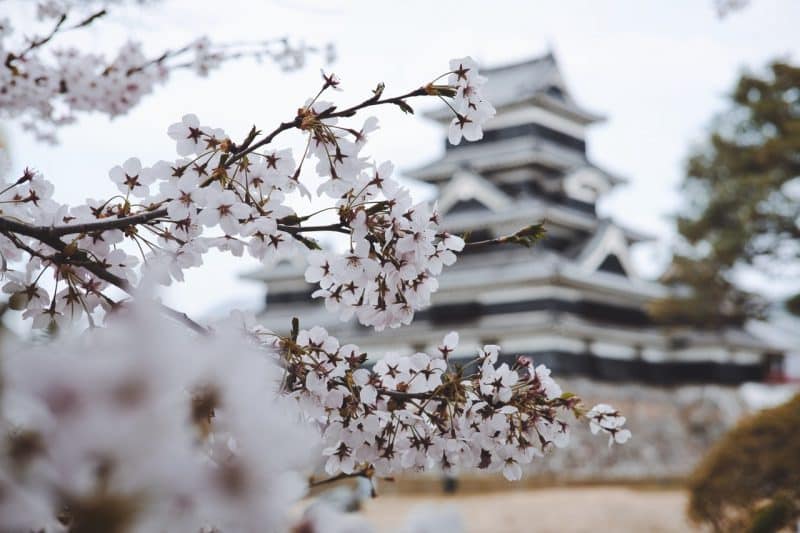
Clearly, there are many reasons to explore Japan’s beautiful wildlife! These are merely a few beautiful animals to observe in the wild!
Some other blogs will interest you! Look at Wildlife in Vietnam, Wildlife in Thailand, and Wildlife in Hawaii!
If you find yourself in Japan and want to see some of these beautiful animals, look at the operators below, which might help you on your quest!
Thank you for reading Wildlife in Japan.
Join our Forum for free today!

- Third Elk Incident in Two Weeks in Estes Park, Colorado and How to Stay Safe - July 4, 2024
- 17 Animals That Mate For Life - June 24, 2024
- 13 Animals That Lay Eggs (Some Might Surprise You!) - June 16, 2024

